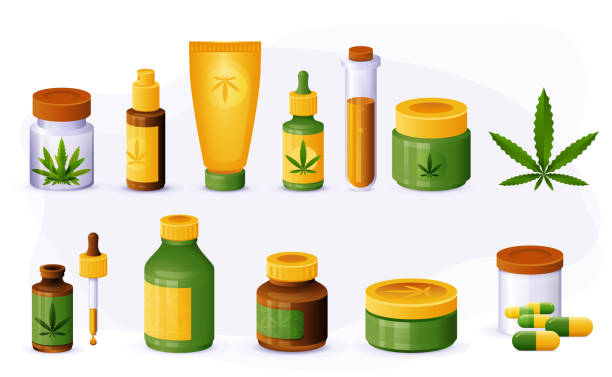German Study Shows You Are What You Eat
There has been a lot of buzz surrounding the possibility of hemp based feed being used in the agricultural industry. As rising demand for hay due to summer droughts has placed strain on our food supply, researchers have begun to look for alternative livestock feed options.
According to Psy.org, a team of researchers from the German Federal Institute for Risk Assessment has explored the effects of feeding hemp silage to dairy cows. The study was published in the Nature Food Journal in mid-November of 2022. With the rise in hemp’s popularity, the research team assembled for this study undertook the task of gaining answers for one of the most debated topics in recent years.

According to the Abstract of the study, “It is, however, unclear to what extent individual cannabinoids from industrial hemp transfer from the feed into products of animal origin and whether they pose a risk for the consumer. Here we present the results of a feeding experiment with industrial hemp silage in dairy cows.”
Their goal was to determine if cannabinoids fed to livestock would be passed on to the products. The results of the study would establish the groundwork for future research to build off of. No solid data was available for consideration prior to this study. As a result, this study was created to gain the answers needed. This study has been in the works for 10 years, creating a map of relatively long term effects to the animals and the products produced from them.
Ten dairy cows were fed hemp silage and the cannabinoid content in their milk, blood plasma, and feces was measured. The overall health of the cows, including heart rate and respiration, was also monitored. Each cow received up to 920 grams of hemp silage with a low cannabinoid concentration in their daily rations. According to the results, “this had no measurable health consequences. Then the animals were given between 840 and 1680 grams of cannabinoid-rich commercial hemp silage made from leaves, flowers, and seeds.”
The hemp silage in the second part of the study contained a Delta9 THC content of approximately 0.12%, well below the federal .3% THC threshold. In this portion of the study, the behavior of the cows changed. It was noted that the cows ate less, produced less milk, and heart and respiratory rates decreased.
The most shocking result of the study was the presence of THC in the milk produced by the cows. According to the Psy.org article, results found, “it was possible to detect Δ9-THC and other cannabinoids in milk in amounts considered relevant to consumers’ health.”
Dr. Robert Pieper, a feed expert with the Federal Institute of Risk Assessment, explained, “Our study also shows that even a small addition of hemp silage to the daily ration of dairy cows leads to the detection of cannabinoids in the milk, including Δ9-THC.”
In the study results published in Nature Food, researchers summarized, “Feeding hemp silage resulted in measurable levels of ∆9-THC, ∆9-THCA, ∆9-THCV, CBD, CBN and CBDV in cow’s milk at the end of the adaptation period and during the exposure period.”
While results help answer an age old question of whether or not cannabinoids ingested through feed would be passed on in animal products, it is important to remember results are still preliminary. This study pulls from a relatively small sample pool and will be expanded upon in the future.
Studies like the one conducted by German researchers open gateways for new possibilities. As new problems arise, we need sustainable solutions to counteract them. Hemp offers new and innovative prospects. Through scientific research and exploration, much like the German study on animal products, we will be able to fully understand exactly how to use hemp to benefit humanity as a whole.





